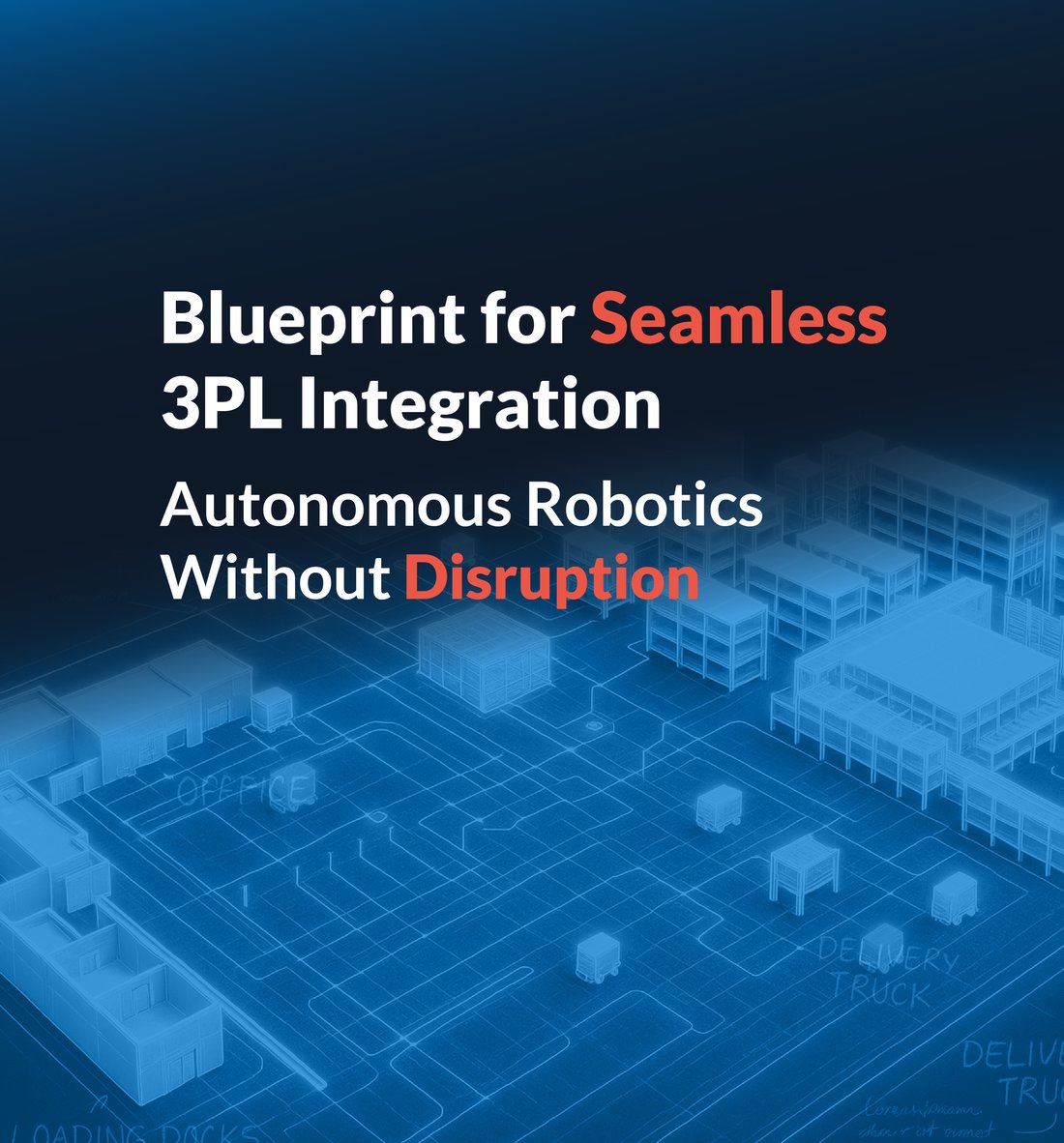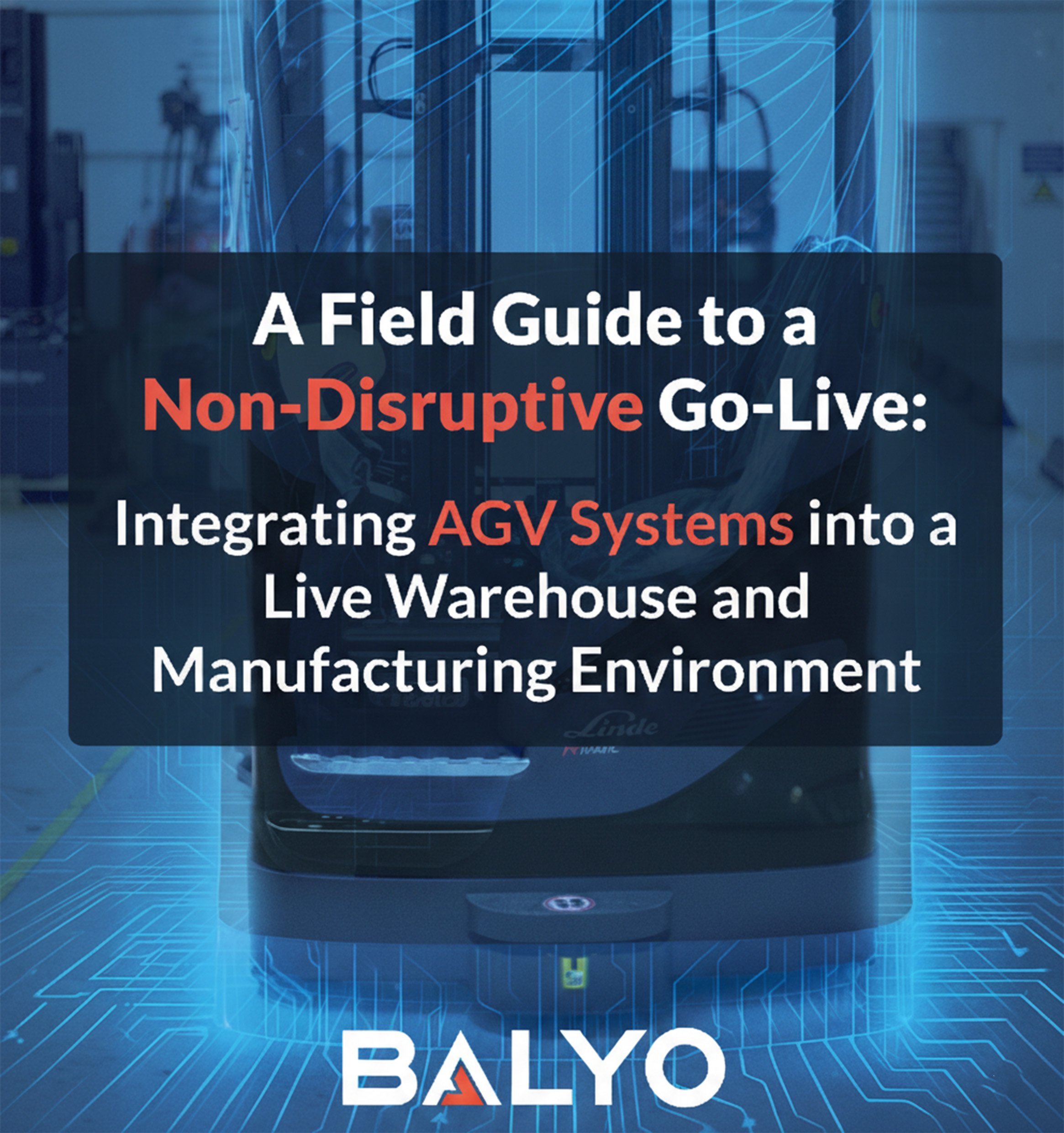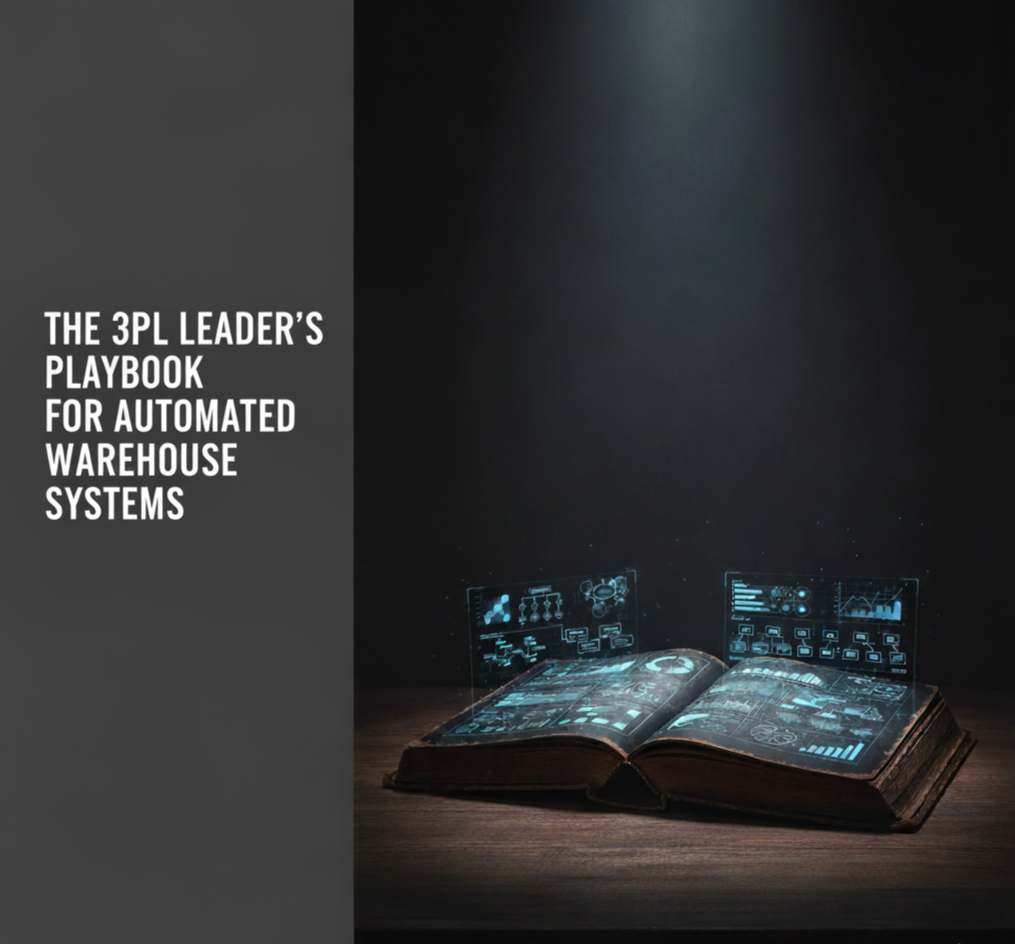
When we talk with 3PL leaders, they ask for three promises from automation: increased performance, improved safety, and mitigation of labor related risks. Yet, one question paralyzes progress more than any other: “How do we implement this without crippling our live operation?” The fear is valid. It’s a vision of chaotic deployments, missed SLAs, and endless downtime. But this vision is the ghost of an outdated technological era. BALYO is here to state authoritatively: operational disruption during an automation go-live is a choice, not a necessity.
The failures of past automation projects have created an industry-wide aversion to risk. A staggering 70% of all digital transformation projects fall short of their goals¹, often due to poor integration and a failure to manage operational change. 3PLs, operating in high-velocity, low-margin environments, simply cannot afford to become another statistic.

The solution is not to avoid innovation, but to demand a better methodology. This requires a proven blueprint—a systematic, phased approach that de-risks a project from day one and ensures a seamless transition from manual to automated workflows. This is the BALYO standard. We don't just deliver automated guided vehicles (AGVs) or autonomous robotic forklift technology; we deliver a non-disruptive go-live. This is the blueprint.
The Myth of the "Big Bang" Go-Live
The traditional model for warehouse automation was the "big bang"—a high-risk, all-at-once deployment that required shutting down sections of a facility for weeks or even months. This approach was dictated by the limitations of older AGV technology, which required extensive and disruptive infrastructure changes. Technicians would have to cut into concrete floors to lay guidance wires or shut down aisles to install a constellation of reflectors.
This model is fundamentally incompatible with the reality of a modern 3PL. You cannot stop the flow of goods. Any partner who proposes a solution that requires significant operational downtime is offering a legacy solution for a modern problem. The financial and reputational damage of a single week of missed shipments is immense. It’s why so many automation projects never get past the planning stage; the perceived risk of implementation outweighs the known benefits. The blueprint for a modern, 3PL automated warehouse system must be built on a foundation of zero operational interruption.
Phase 1: Digital Design & Risk Mitigation
The most critical phase of a successful go-live happens months before a single piece of hardware arrives at your facility. This is where the project is de-risked. A staggering 45% of projects fail to deliver the expected benefits due to inadequate planning and risk management². Our blueprint front-loads this process using advanced simulation and digital twin technology.

Here's how it works:
- Environment Mapping: In most cases, we can create a complete digital version of your warehouse in less than one day.
- Workflow Analysis: Our engineers work with your team to map every process, route, and pick and drop in your warehouse.
- Advanced Simulation: We then run the proposed AGV robotic fleet through tens of thousands of cycles in this virtual environment. We simulate peak demand, shift changes, and potential bottlenecks.
This process provides data-backed answers to your most critical questions: Will the system meet our required throughput? Where are the potential traffic chokepoints? How many vehicles do we actually need? By solving these challenges in a simulation, we deliver a validated, predictable project plan. Your ROI is proven before you commit to the full capital expense. This is the cornerstone of a predictable deployment.
Phase 2: Infrastructure-Free Deployment
The greatest enabler of a non-disruptive go-live is the technology itself. The BALYO approach to AGV automation combines the payload capacity and durability of a traditional forklift AGV with the flexibility of an AMR. The key is our infrastructure-free navigation technology.
Unlike older systems that navigate using physical guides, our AGV robot fleet uses LiDAR and SLAM (Simultaneous Localization and Mapping). The robots use your warehouse's existing permanent features—racking, walls, columns—to understand their position and navigate.
The operational benefits are great:
- No Facility Shutdowns: There is no need to stop operations to cut floors or install reflectors. The system can be mapped and validated during off-hours or alongside your current operations.
- Unmatched Flexibility: If your warehouse layout changes—and in a 3PL, it always does—routes can be updated in software in a matter of minutes, not weeks of construction.
- Speed of Deployment: The time from vehicle arrival to the first live run is dramatically compressed because the "track" is virtual, not physical.
This technology directly eliminates the primary source of disruption and delay associated with traditional automation projects.

Phase 3: Seamless WMS Integration
For your IT and Solutions Engineering teams, the question of software integration is paramount. A fleet of robots is useless if it cannot communicate seamlessly with your existing Warehouse Management System (WMS), Warehouse Control System (WCS), or Enterprise Resource Planner (ERP). A recent industry survey found that 42% of warehouse operators cited "challenges integrating systems" as a major barrier to adopting new technology³.
Our blueprint addresses this with a standardized, flexible architecture. The BALYO Robot Manager acts as a powerful middleware layer—a universal translator between your WMS and the robot fleet. Using modern REST APIs, your WMS simply sends a task (e.g., "Move Pallet #123 from Aisle 1 to Dock 4"), and Robot Manager handles the complex work of assigning the best robot, optimizing the path, and reporting back upon completion.
This approach de-risks the IT component by using proven, standard communication protocols that your team already understands, ensuring a smooth and predictable software go-live.
Phase 4: The "Crawl, Walk, Run" Go-Live
With the system designed, simulated, and integrated, the final phase is a controlled, on-the-floor rollout. We reject the "big bang" in favor of a "Crawl, Walk, Run" methodology.
- Crawl: We begin by launching one or two robots on a single, validated, and often non-critical workflow. This allows your team to get comfortable with the technology in a live but controlled setting.
- Walk: As the team builds confidence and the system's performance is confirmed against KPIs, we expand the scope, adding more vehicles and more complex routes.
- Run: Finally, we scale to the full fleet, bringing all automated workflows online. By this stage, the system is a proven and accepted part of your daily operation.
This phased approach is methodical, transparent, and designed to build trust at every level of your organization. It ensures that by the time the system is at full capacity, your team is fully trained, confident, and ready to take ownership.
Go-Live Quickly, Wisely, and with Confidence
Integrating a 3PL automated warehouse system is one of the most powerful strategic moves a company can make. It shouldn't be a source of fear. By adopting a blueprint that prioritizes digital design, infrastructure-free technology, seamless integration, and a phased rollout, a non-disruptive go-live becomes the standard. The technology is ready. The methodology is proven. The time to build the future of your 3PL warehouse is now.
Ready to design your non-disruptive go-live? Schedule a complimentary simulation demo with our solutions experts today.
Citations:
- McKinsey & Company: Digital transformation: The seven decisions that matter
- Project Management Institute (PMI): Pulse of the Profession 2021
- MHI & Deloitte: The 2024 MHI Annual Industry Report


